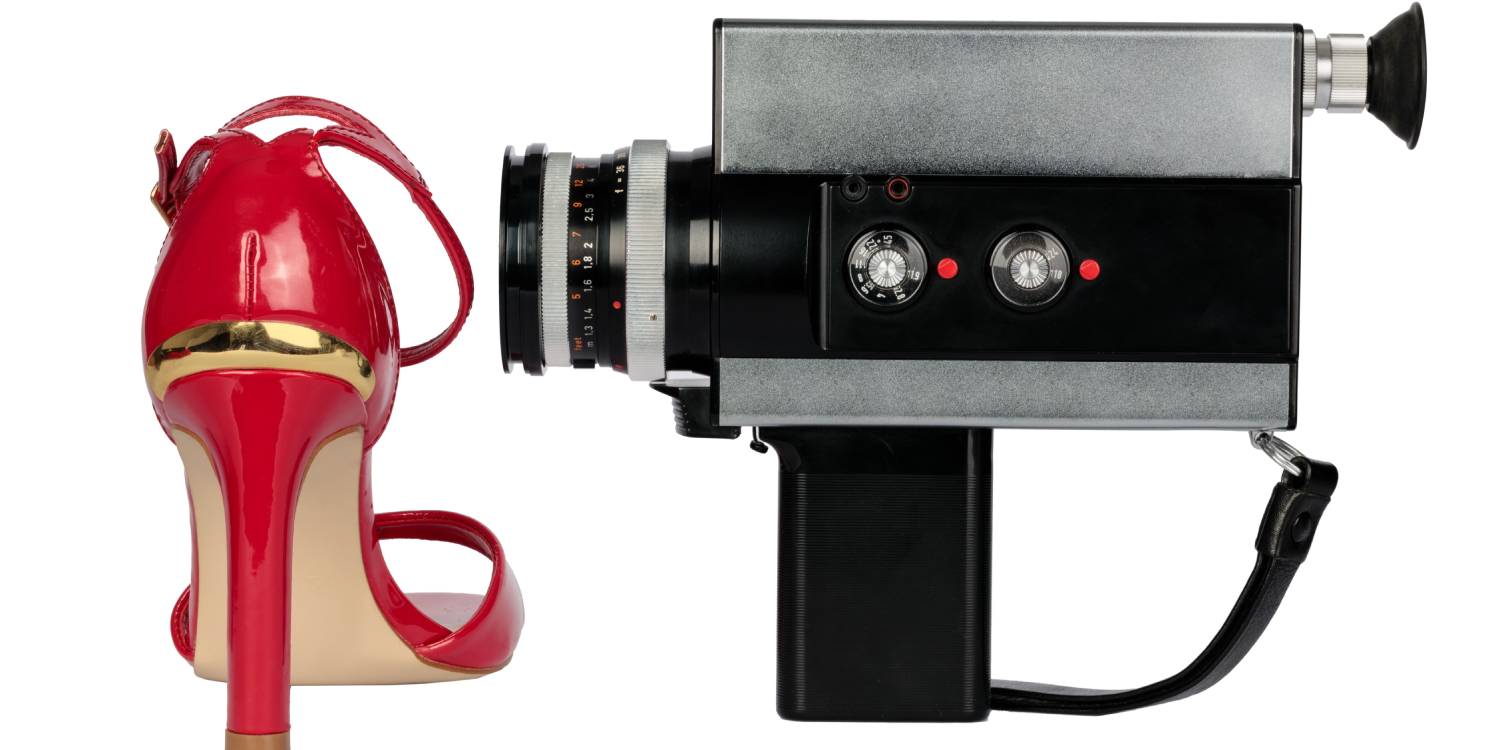Comparing the Production of Regular Porn and VR Porn Movies
The evolution of porn movies has been a fascinating journey, from the early days of black-and-white silent films with the first naked women to the modern age of digital filmmaking. One of the most significant advancements in recent years is the advent of 3D VR porn movies, which add an extra layer of depth and immersion to the viewing experience. However, producing a 3D VR sex film is a complex process that differs significantly from creating a regular 2D movie. This article will explore the key differences between recording a regular porn movie and a 3D VR porn scene, focusing on the equipment, production techniques, and post-production processes of makers like VR Bangers.
Equipment and Techniques
-
Camera systems: The most fundamental difference between regular and 3D VR porn movie production is the camera system used. While a regular movie is shot with a single camera, 3D VR porn scenes require two cameras to capture the left and right perspectives simultaneously, mimicking the way human eyes perceive depth. These cameras are typically mounted on a specialized rig, with precise control over the distance between the cameras (interaxial distance) and their convergence angle.
-
Lighting: Lighting plays a crucial role in both regular and 3D VR porn video production. However, 3D VR xxx films require more careful consideration of lighting to maintain a consistent depth perception throughout the scene. Shadows and highlights must be well-defined to enhance the three-dimensional effect, and special attention must be paid to avoid any visual discomfort, such as ghosting or flickering, caused by the difference between the left and right images.
-
Framing and composition: When shooting a 3D VR sex movie, filmmakers must take into account the depth of the scene and how it will be perceived by the audience. This involves using different framing and composition techniques, such as avoiding extreme close-ups, which can cause discomfort or eye strain, and using foreground elements to create a sense of depth. In contrast, regular movie production focuses primarily on the two-dimensional plane.
-
On-set monitoring: In regular movie production, directors and cinematographers can rely on on-set monitors to review the footage being captured. However, in 3D VR porn movie production, specialized 3D monitors are required to accurately preview the depth and convergence of the 3D image. This ensures that any issues with the 3D effect can be identified and corrected on set before proceeding.
Post-production
-
Editing: The editing process for 3D VR xxx movies is more complex than for regular porn films, as editors must work with two separate video streams for the left and right eye perspectives. This can make tasks such as color grading, visual effects, and transitions more time-consuming and challenging to coordinate.
-
Stereo conversion: While some 3D VR porn videos are shot natively using dual-camera rigs, others are converted from 2D footage during post-production. This process, known as a stereo conversion, involves creating a second video stream for the right eye perspective by manipulating the original 2D footage. This can be a labor-intensive and costly process, requiring skilled artists and specialized software.
-
Quality control: Ensuring a high-quality 3D viewing experience is essential for audience satisfaction. This involves thorough quality control checks during post-production to identify and correct any issues with the 3D effect, such as misaligned images, ghosting, or excessive depth disparities. In comparison, regular movie post-production focuses on aspects like color grading, sound design, and visual effects.
Conclusion
The production of 3D VR porn scenes involves a unique set of challenges and considerations, from camera systems and lighting to editing and quality control. Despite the added complexity and costs, 3D filmmaking has the potential to create a more immersive and engaging cinematic experience for viewers. As technology continues to advance, we can expect further innovations in 3D filmmaking that will push the boundaries of storytelling, intimacy, and visual artistry.











